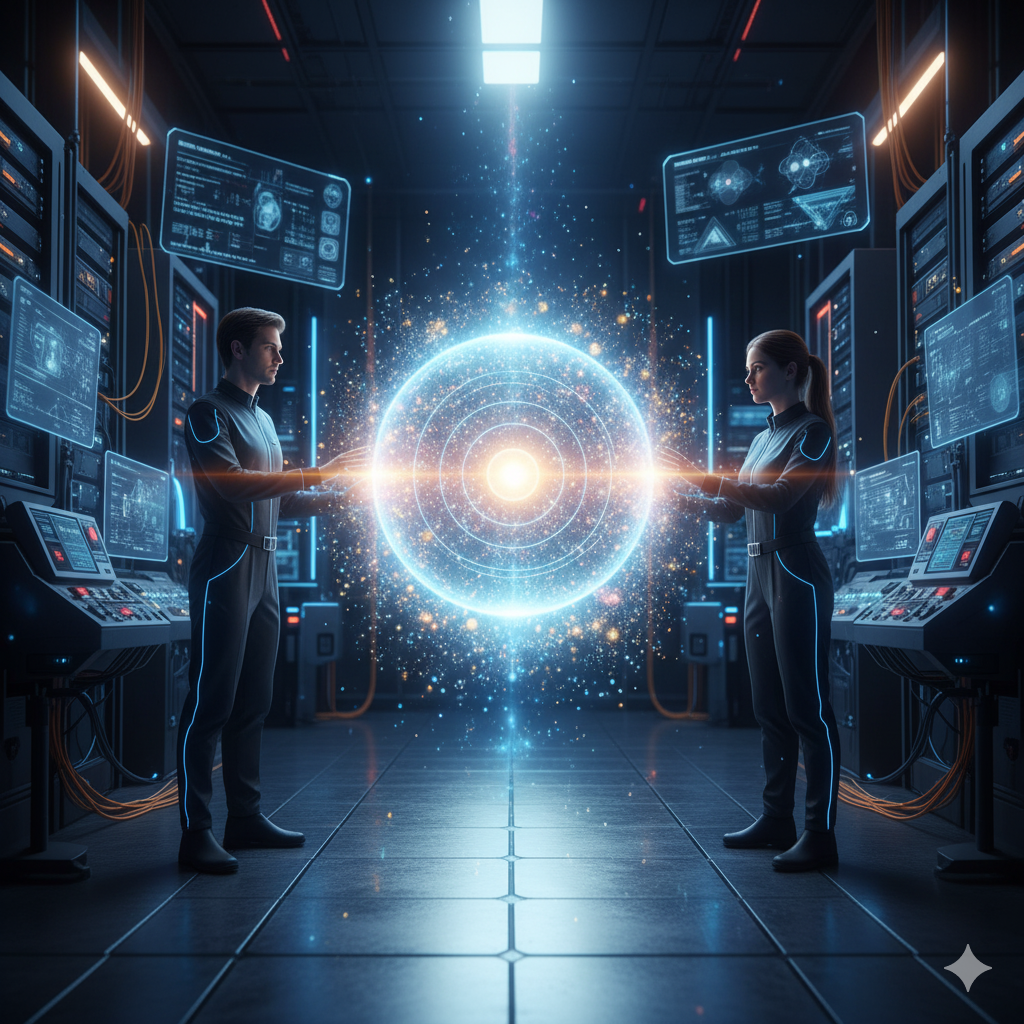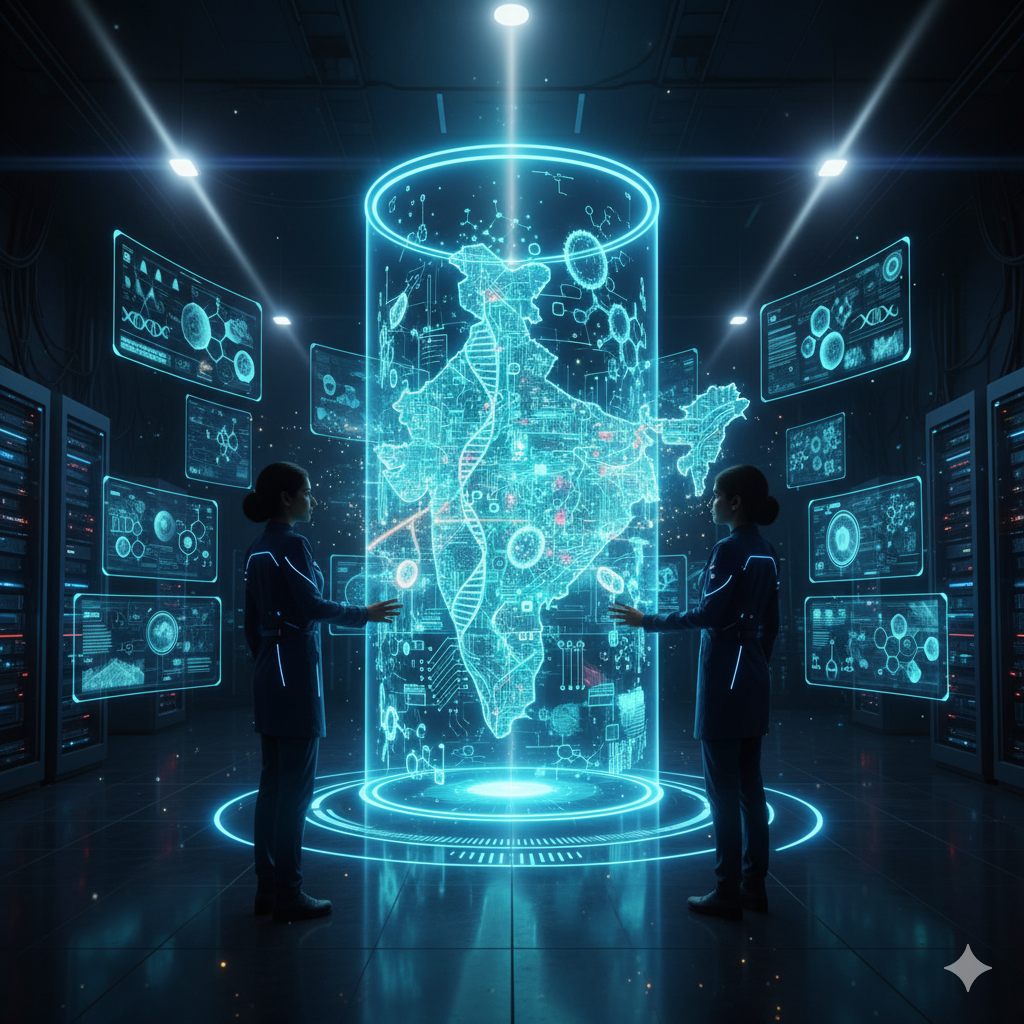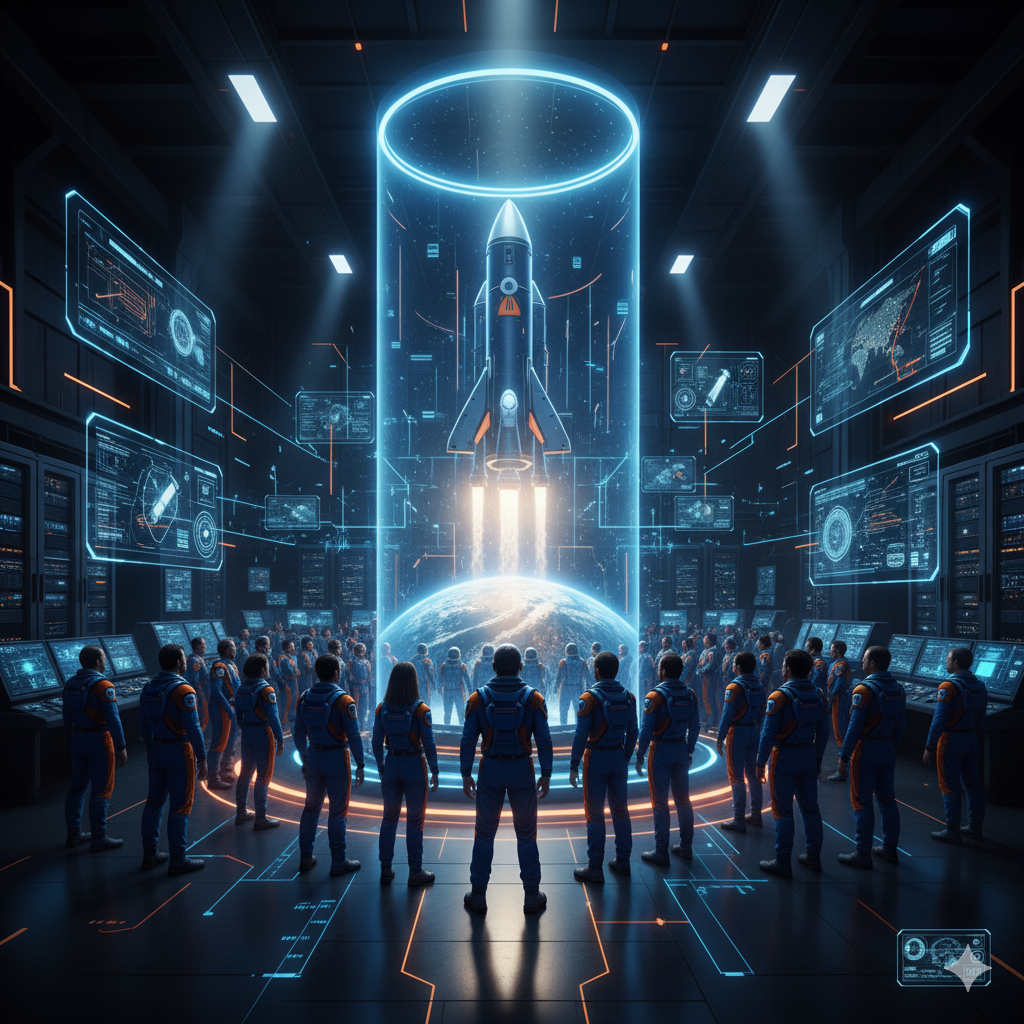Introduction
The integration of Artificial Intelligence (AI) with gamification is revolutionizing education. Traditional learning methods often struggle to keep students engaged, but AI-powered gamification introduces interactive, personalized, and immersive learning experiences. By combining AI with game elements like rewards, challenges, leaderboards, and adaptive content, education becomes more engaging and effective.
This essay explores the concept, benefits, applications, challenges, and future of AI-powered gamification in learning, demonstrating how it is shaping the future of education.
Understanding AI-Powered Gamification in Learning
What is Gamification in Learning?
Gamification refers to the use of game-like mechanics in non-game contexts, particularly in education. It includes elements such as:
- Points & Badges: Students earn points for completing tasks.
- Leaderboards: Encourages competition and motivation.
- Challenges & Quests: Learning is structured like a game with missions.
- Rewards & Incentives: Encourages continued participation.
What is AI-Powered Gamification?
AI enhances gamification by making it adaptive, personalized, and intelligent. Instead of a one-size-fits-all approach, AI analyzes each student’s learning patterns and customizes the experience accordingly. AI-powered gamification includes:
- Adaptive Learning Paths: AI modifies challenges based on student performance.
- Real-Time Feedback: AI provides instant feedback to guide learning.
- Chatbots & AI Tutors: AI-driven assistants help students with doubts.
- Data-Driven Insights: AI tracks progress and suggests improvements.
Benefits of AI-Powered Gamification in Learning
1. Increased Engagement & Motivation
Traditional learning can be monotonous, but gamification makes learning fun and interactive. AI-driven challenges, instant rewards, and immersive storytelling keep students engaged.
2. Personalized Learning Experience
AI tailors content to individual needs, ensuring that students learn at their own pace. For example, a student struggling with a concept gets additional practice, while an advanced student moves on to new topics.
3. Improved Knowledge Retention
Studies show that learning through gamification improves memory retention. AI ensures that students revisit important concepts through adaptive reinforcement techniques.
4. Real-Time Performance Analysis
AI continuously analyzes student progress, strengths, and weaknesses, helping educators adjust lesson plans accordingly.
5. Encourages Critical Thinking & Problem-Solving
Gamified learning environments promote creativity, decision-making, and logical reasoning through AI-powered simulations and interactive problem-solving.
6. Accessibility & Inclusivity
AI-powered gamification adapts to different learning styles, making education more inclusive for students with disabilities or diverse learning needs.
7. Reduces Learning Anxiety
By incorporating fun challenges and virtual rewards, AI-powered gamification reduces exam stress and fear of failure.
Applications of AI-Powered Gamification in Learning
1. Primary & Secondary Education
AI-powered gamified platforms help young learners grasp concepts through interactive storytelling, puzzles, and AI-driven games. Example applications include:
- Duolingo (Language Learning): Uses AI to gamify language lessons.
- Prodigy (Math Learning): AI-driven math battles keep students engaged.
2. Higher Education & Professional Training
Gamification in universities and workplaces enhances skill development. AI-powered platforms provide:
- Simulated Business Scenarios: Helps management students learn decision-making.
- Gamified Coding Challenges: Platforms like CodeCombat teach coding interactively.
- Corporate Training Modules: AI-driven simulations train employees in various industries.
3. Medical & Healthcare Education
AI-powered gamification is widely used in medical training and healthcare education, such as:
- VR Simulations for Surgery: AI-enhanced virtual reality (VR) environments allow students to practice surgeries.
- Gamified Medical Diagnosis: AI-driven patient cases improve diagnostic skills.
4. Military & Defense Training
Military personnel train using AI-powered gamification simulations that recreate real-life combat situations, cybersecurity threats, and strategic decision-making exercises.
5. Special Education & Learning Disabilities
AI-driven gamified learning helps students with ADHD, autism, and dyslexia by providing personalized, engaging lessons tailored to their learning needs.
6. STEM & Coding Education
AI-powered gamified platforms teach science, technology, engineering, and mathematics (STEM) subjects through interactive challenges. Example platforms include:
- Minecraft: Education Edition: AI-enhanced coding lessons within Minecraft.
- Roblox Education: AI-driven game-based learning experiences.
Challenges & Limitations of AI-Powered Gamification in Learning
1. High Development Costs
Creating AI-powered gamified content requires significant investment in AI, game design, and software development.
2. Data Privacy & Security Concerns
AI-based learning platforms collect vast amounts of student data, raising concerns about privacy, cybersecurity, and ethical AI usage.
3. Risk of Over-Gamification
Excessive gamification can lead to distraction and reduced focus on actual learning, making students too reliant on rewards rather than intrinsic motivation.
4. Accessibility & Device Requirements
Not all students have access to high-tech devices or fast internet, which may create disparities in learning opportunities.
5. Ethical AI Usage & Bias
AI models must be designed carefully to prevent bias in learning content and assessment. If not properly managed, AI algorithms may favor certain students over others.
6. Resistance from Traditional Educators
Many teachers and institutions hesitate to adopt AI-powered gamification due to a lack of technical knowledge or resistance to changing traditional teaching methods.
Future of AI-Powered Gamification in Learning
1. AI-Driven Personalized Learning Environments
Future AI gamification platforms will analyze students’ emotions, cognitive abilities, and learning styles in real time, adjusting content dynamically.
2. AR & VR-Integrated Gamification
Augmented Reality (AR) and Virtual Reality (VR) will create fully immersive AI-driven learning experiences, allowing students to interact with historical events, explore science experiments, or practice surgeries in virtual environments.
3. Blockchain for Gamified Learning Rewards
Blockchain technology could be used to store academic achievements and learning milestones securely, offering digital certificates and verifiable skill credentials.
4. AI Tutors & Gamified Chatbots
AI-driven virtual tutors will provide personalized guidance, answer questions, and motivate students through interactive storytelling and AI-driven scenarios.
5. Hyper-Realistic Simulations for Skill-Based Training
Future gamified AI simulations will replicate real-world industries, crisis management scenarios, and professional training environments more accurately.
6. Collaboration Between AI & Human Educators
AI will act as an assistant to teachers rather than replacing them, helping educators analyze student progress and adjust lesson plans accordingly.
Conclusion
AI-powered gamification is reshaping education by making learning more engaging, interactive, and personalized. By integrating AI-driven challenges, adaptive content, and real-time feedback, students can enjoy learning while improving their knowledge and skills.
However, while AI-powered gamification has numerous advantages, challenges like privacy concerns, high costs, and accessibility issues must be addressed. As AI technology continues to evolve, the future of AI-driven gamification in learning looks promising, offering new possibilities for making education more immersive, efficient, and universally accessible.
The coming years will witness a transformation in how we teach and learn, making education not just a necessity but an exciting adventure powered by AI and gamification! 🚀




